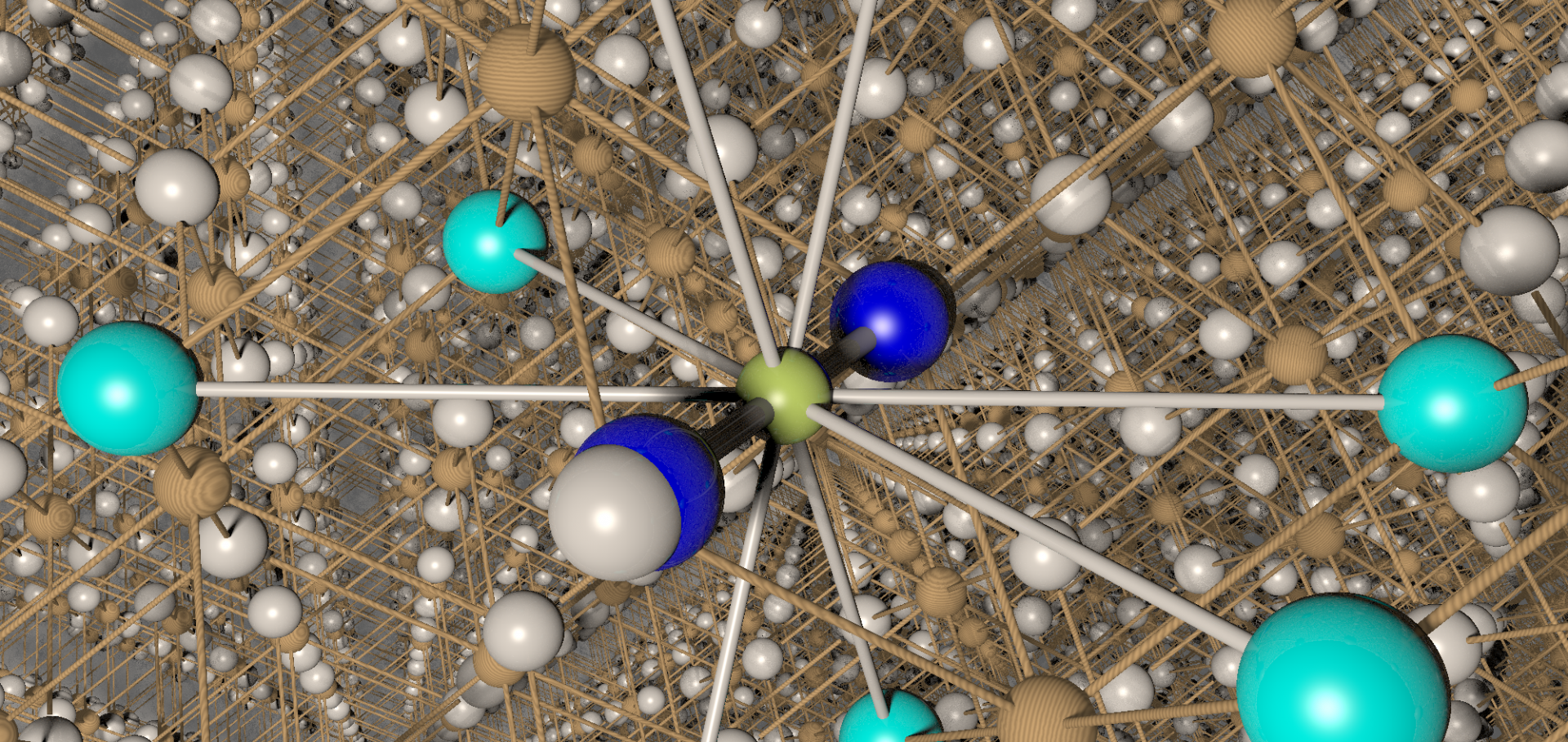Information and decoherence in a muon-fluorine coupled system
(2020)
Near-ideal molecule-based Haldane spin chain
Physical Review Research American Physical Society (APS) 2:1 (2020) 013082
Optimization of superconducting properties of the stoichiometric CaKFe4As4
Superconductor Science and Technology IOP Press 33:2 (2019) 025003
Abstract:
CaKFe4As4 (1144) is a unique stoichiometric iron-based superconductor which harbours high upper critical fields and large critical current densities. In this work, we describe a study to optimize the synthesis conditions of stoichiometric polycrystalline samples of CaKFe4As4 and asses their structural, magnetic and transport properties. The samples were prepared over a wide temperature range (900-1100°C) and the pure phase formation is centered around 955°C. Outside this temperature region, impurity phases of KFe2As2 and CaFe2As2 can also form. Magnetic susceptibility and resistivity measurements establish that the critical temperature reaches ~34 K for the optimum synthesis conditions and the critical current reaches 2 × 104 A-cm−2. The post-annealing process demonstrates the stability of the 1144 phase up to 500°C, however, under higher temperature annealing, phase degradation occurs. Our study indicates that the formation of phase-pure 1144 occurs over a much narrower window and its highly prone to multi-phase formation as compared with the 122 family. As a result, the superconducting properties are enhanced for the pure 1144 phase but they are likely to be affected by the inter and intra-granular behaviour originating from the microstructural nature of polycrystalline CaKFe4As4, similar to other iron-based superconductors. Based on our study, we construct the phase diagram for polycrystalline 1144 and compared it with that reported for 1144 single crystal.A review of modern ophthalmic optics
CONTEMPORARY PHYSICS 60:4 (2019) 330-331
Exsolution of SrO during the topochemical conversion of LaSr3CoRuO8 to the oxyhydride LaSr3CoRuO4H4
Inorganic Chemistry American Chemical Society 58:21 (2019) 14863-14870


